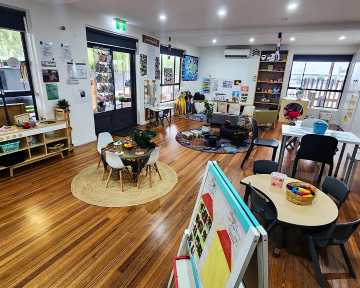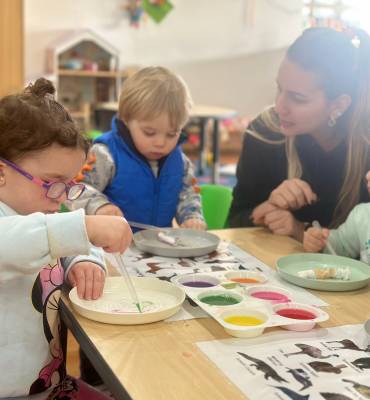Toilet training is such a big milestone, not just for your child, but for you as a parent too. It’s that moment when you realise your little one is growing up and becoming more independent. I remember when I started toilet training my children, now 3 and 5 years old. It hit me that they weren’t babies anymore—it was definitely a bittersweet moment! But, like many parents, I also felt proud that they were reaching this important milestone.
The right time to start toilet training really depends on your child. Most children show signs of readiness between the ages of 2 and 3. Here’s what I looked out for in my children:
- Staying dry for longer periods
- Showing interest in the toilet
- Telling me when they need to go
- Wanting to watch others use the toilet
- Becoming more independent
- Telling me when they’ve gone in their nappy
- Disliking wearing a nappy
- Being able to pull their pants up and down
- Following simple instructions
Getting Started: A Family Conversation
Before we dove into toilet training, my husband and I sat down with both sets of grandparents to talk about how we would approach it. We all needed to be on the same page. I also communicated with my children’s childcare educators, which helped ensure consistency between home and childcare routines. It really does make a difference when everyone works together.
It’s also helpful to avoid starting toilet training during big family changes—like moving homes or starting a new job—because those transitions can be stressful enough without adding something new like potty training into the mix!
Gathering Supplies & Setting Up
When we decided to start, I made sure we had everything we needed. That meant getting a child-sized potty (or a potty seat for the regular toilet) and pull-ups to ease the transition from nappies. At first, to help my children get used to the idea, I let them wear their underwear over their nappies. It was a small step that helped them get familiar with the feel of underwear without giving up the security of their nappy right away.
The Toilet Training Process: What Worked for Us
There’s no one-size-fits-all approach to toilet training, but for us, it was all about patience, routine, and a bit of fun! Here are the strategies that helped us:
- Teach toilet words: We started teaching our kids words like “wee,” “poo,” and “I need to go” to help them communicate when they needed to use the bathroom. This made it easier for them to let us know when they needed to go.
- Set a routine: I made sure to encourage bathroom breaks regularly—especially after meals and every couple of hours during the day. This helped them get used to going at specific times.
- Keep them hydrated and well-fed: We made sure to keep our kids eating plenty of fibre and drinking water to avoid constipation. I found that the more comfortable they were with their bodies, the easier it was for them to get used to going on the toilet.
- Praise and rewards: Positive reinforcement worked wonders. We set small goals, like using the toilet three times a day, and then rewarded them with a sticker or a small treat when they hit their goal. Eventually, they got to pick a small toy or gift from the store when they made great progress.
- Be patient with accidents: Accidents are a normal part of the process. When my son had a few accidents, especially when he started school and felt anxious, we reassured him that it was okay and part of learning. With support from his teachers, he got past it in no time.
- Model the process: Sometimes, showing them how it’s done helps reduce any fear or anxiety. We used dolls or I demonstrated for them so they could see exactly what was expected.
- Move gradually: I didn’t rush the transition from nappies to pull-ups, and then from pull-ups to underwear. It was a gradual process, and letting the kids pick out their own underwear made it more fun! We went to Coles and Kmart, and they each chose underwear they loved—Spiderman for my son and Gabby’s Dollhouse for my daughter. That sense of ownership made them excited to keep their underwear clean!
- Teach hygiene habits: I also taught them the basics of hygiene—how to wipe, flush, and wash their hands. At first, I helped with wiping (especially important for girls to wipe front to back to prevent infections), but soon they started to do it on their own. Their educators at childcare did the same, which helped with consistency.
- Track progress and adjust: Every child is different, and some days are better than others. If things weren’t going smoothly, I wasn’t afraid to consult our doctor for advice. Open communication with their educators helped us stay on track.
Toilet Training on the Go
Our family loves to travel, so we quickly had to figure out how to manage toilet training on the go. Whenever we were out, I always checked for the nearest toilet and carried a spare change of clothes and underwear, plus a plastic bag for any wet or soiled clothes. Even though it’s easier to start toilet training at home, life doesn’t always work that way, so I had to be prepared.
Avoiding Accidents
Staying Dry Overnight
The Key to Success
With a little encouragement, positive reinforcement, and lots of love, you’ll help your child transition from nappies to using the toilet confidently—and you’ll both feel so proud when they do!











